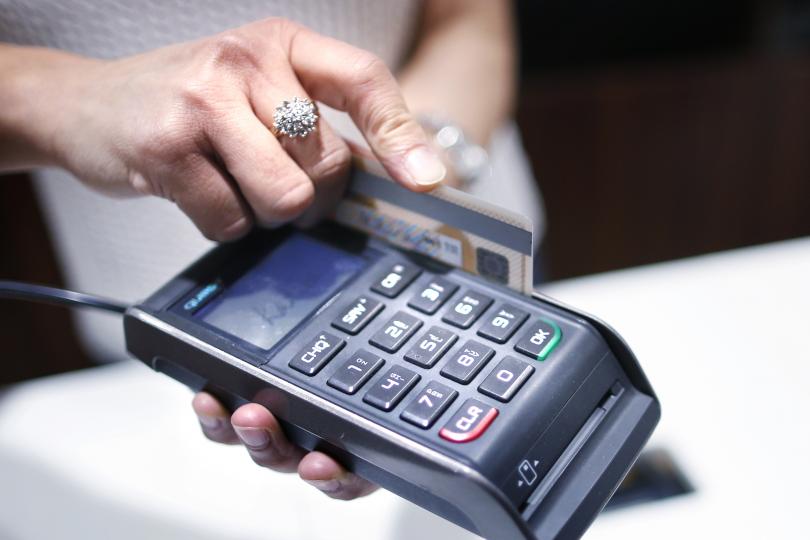
Shopping has changed in the last decade, moving from brick-and-mortar stores with traditional cash registers to online stores, fulfillment centers and countless new payment methods like Square. Consumers are changing the way they shop, and retailers have had to account for that by evolving their sales models to be accessible online, in-store, through mobile devices and more.
According to the U.S. Census Bureau, e-commerce accounted for nearly ten percent of retail sales in the first quarter of 2016. Retailers are beginning to rely more on a customer base of online shoppers than those who make the trip to brick-and-mortar facilities. Even in-store, retail technology is constantly evolving. Stores are relying more on payment applications like Shopify POS, Square and Xero en lieu of traditional cash registers and POS systems.
Unfortunately, this evolution is not without risks. Cybersecurity is a big deal for the retail industry, not only for the safety of the store itself but for the safety of its customers. For example, take the Heartbleed virus of 2014 or the massive eBay hack of 2013 that stole the credit card information from a record 143 million customers.
A study released by global consulting and actuarial firm Milliman estimated the cost of risk for U.S. retailers at a projected $23 billion. The 2016 Retail Cost of Risk includes both customer and employee risks, but 40% of that risk lies in cyber security vulnerability. Although the frequency of worker’s compensation has decreased in the last five years, the cost of risk has stayed the same as a result of the increased cost of cyber breaches.
According to information and communications technology firm NTT Group, retailers experience three times as many cyber breaches as financial industries, making them by far the most at-risk industry when it comes to cybersecurity. Another study by KPMG found that 19% of consumers would stop shopping at a retailer if they knew that retailer had fallen victim to a cyber attack. Considering the number of breaches each year in the retail industry, that number is a clear indicator of the direct impact cyber vulnerability has on sales for retailers.
So, how do retailers fix this problem? The easiest and most available solution is updating legacy software systems. Retailers rely on systems that are outdated and vulnerable for their point-of-sale and fulfillment technologies, and the older these systems get the less secure they are. Fortunately, Morphis is able to help retailers with this issue using our proprietary software to modernize legacy systems. We have already helped hundreds of companies modernize their outdated legacy systems. Download our step-by-step guide to learn how to identify which applications to modernize together with the best modernization approach for each application.


Leave a Reply